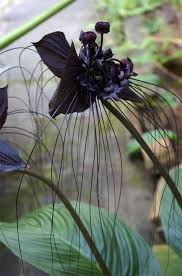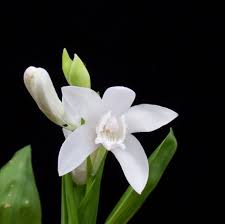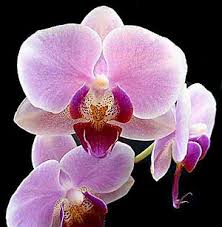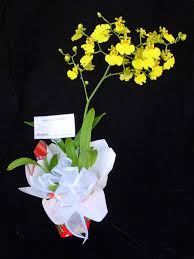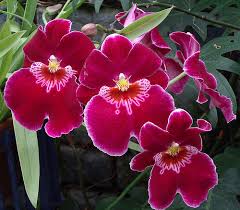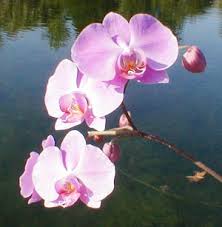
Orchids create some of the most spectacular and intriguing plants in the world, but they can also be among the most awkward plants to tension for. Despite the challenge of maintaining them, orchids have continuing popularity among place enthusiasts, and there are a form of orchids free for both the practiced botanist and the novice orchid hobbyist.
You can maybe find an orchid or two for deal at your home patch foot at an affordable rate, while line shops will transport orchids that are very uncommon and classy. Whatever your balanced of commitment to fostering an orchid, there are a few clothes that you can do to help your works food charming plants.
Orchids are accustomed to cheerful, muggy climates and generally entail loads of light. Whether you are raising your orchid in a greenhouse or precision it in your function, be loyal to want a situation for your orchid where it will be warm lacking drying out. Above all, make trusty that your orchid receives enough sunlight to enable it to flush.
Most orchids hardship a lot of exposure to sunlight, and stoppage to offer enough light will product in an otherwise wholesome place that merely does not bloom. However, the trees of an orchid can become very sensitive to sunlight if they have been in low-light conditions for a prolonged stop of time. Therefore, if you elect that your orchid is not getting enough light, move it little by little to a spot with larger sun to duck injuring the leaves with abrupt overexposure.
When you water your orchid, make sure thoroughly to inundate the soil. Orchids like a humid environment, and allowing the yard to dry out could imperil its strength. An orchid's soil should also not be too weighty, and there should be good air circulation around the base of the hide.
A certain mixture of orchid-fact nutrients is also essential for a strong orchid, and you can goods a substance called orchid bark to mix into the soil for potting your orchid. While supplying vital nourishment to your orchid, the addition of orchid bark will also increase air circulation through the soil, keeping your orchid stunning.
If you strictly want to appreciate your orchid, you will also have to understand the orchids do not flower all the time. After your orchid has flowered, you will need to problem for the plant until it is arranged to flower again. Once the blooms have dull, you should cut off most of the stem, goodbye at least a creep intact. While you give your orchid adequate nourishment, water and light throughout its growing cycle, it will eventually flower again.
Over time, you may find that you want to inflate your collection of orchids to include more exotic and challenging varieties. Orchid nurseries and sphere shop will have goods specifically planned for the care of orchids, and you will be able to find a lot of opinion to help you care for these amazing plants. By Jules Sims


